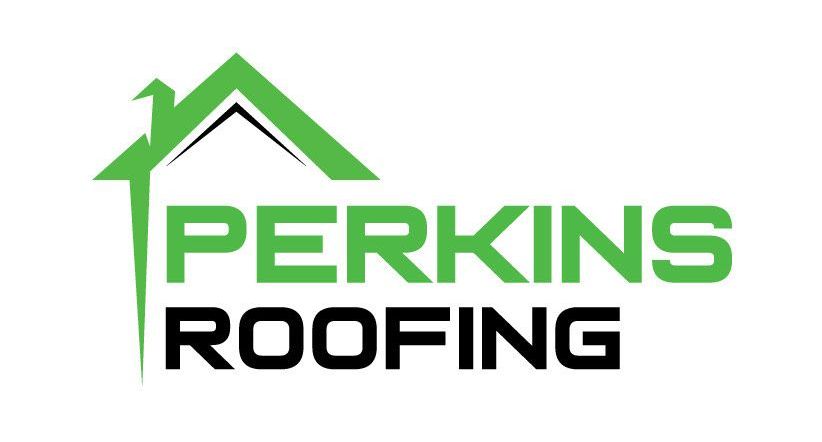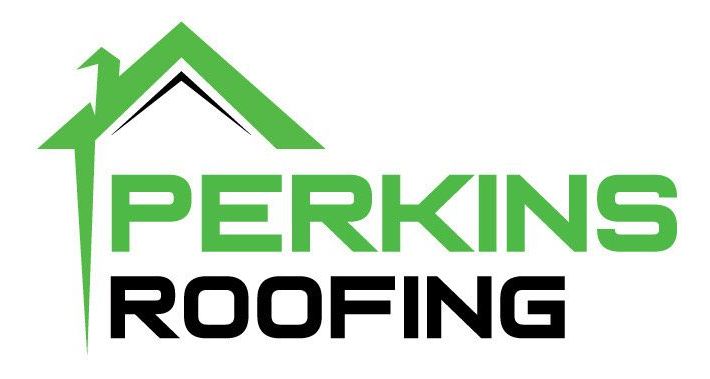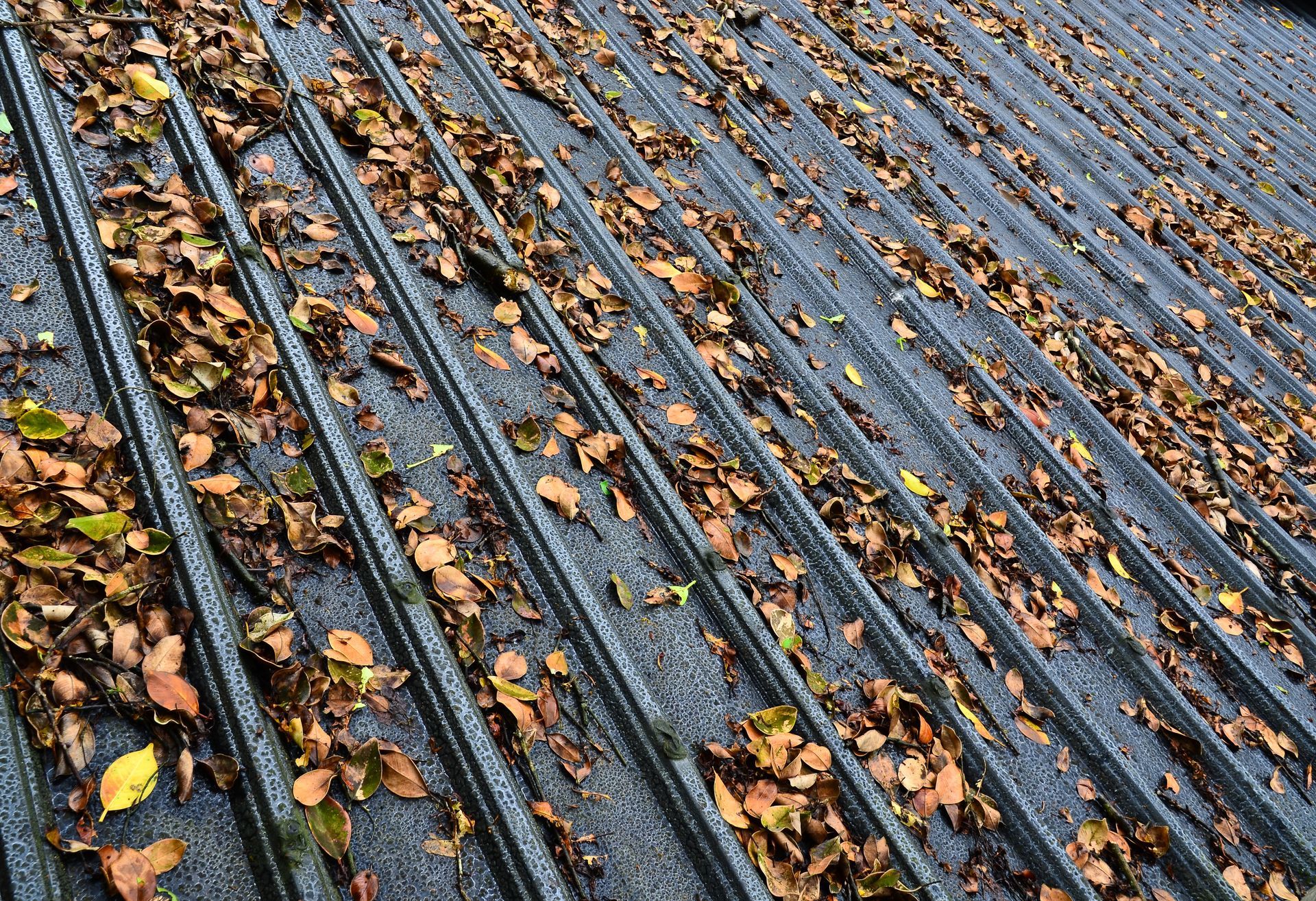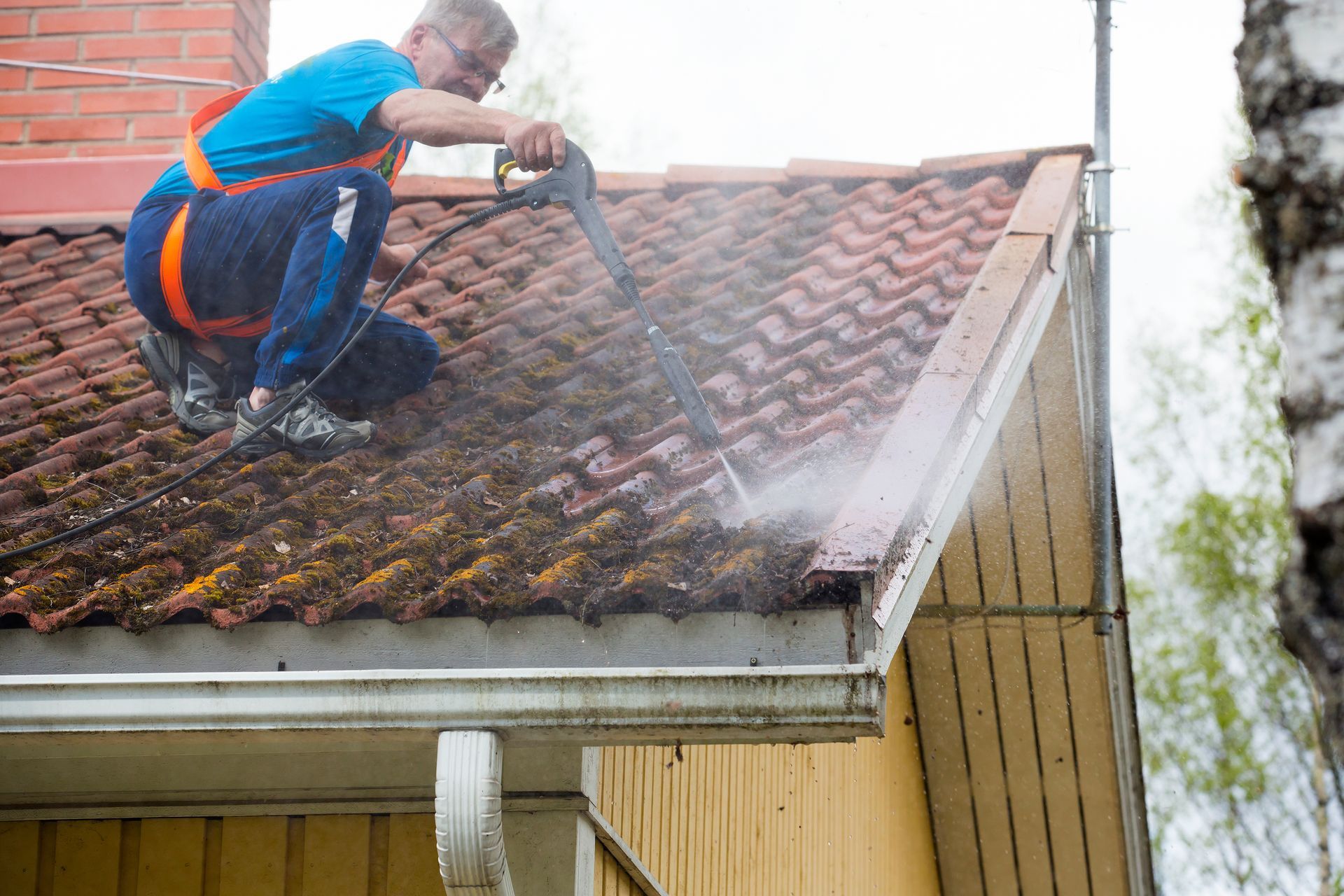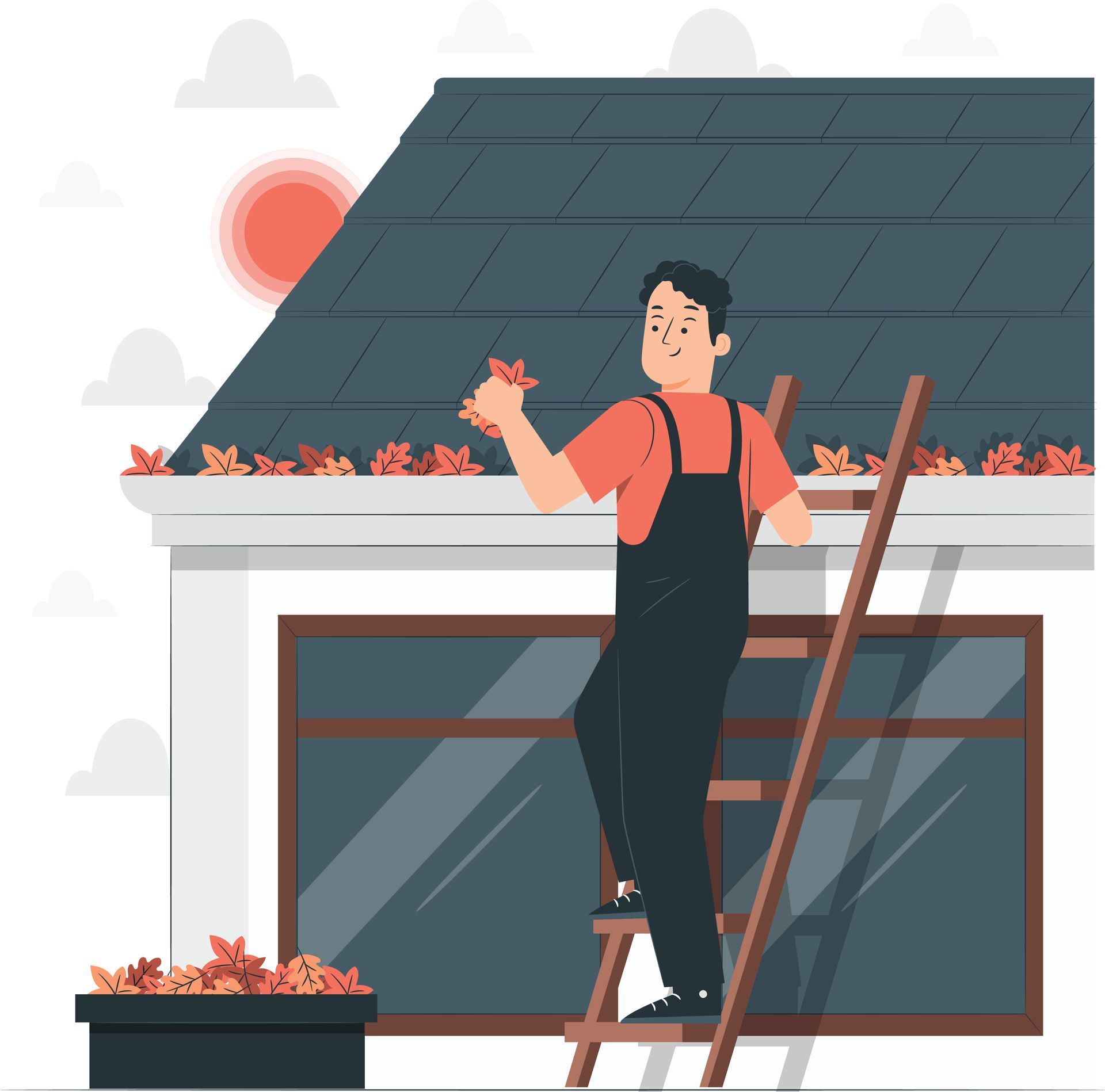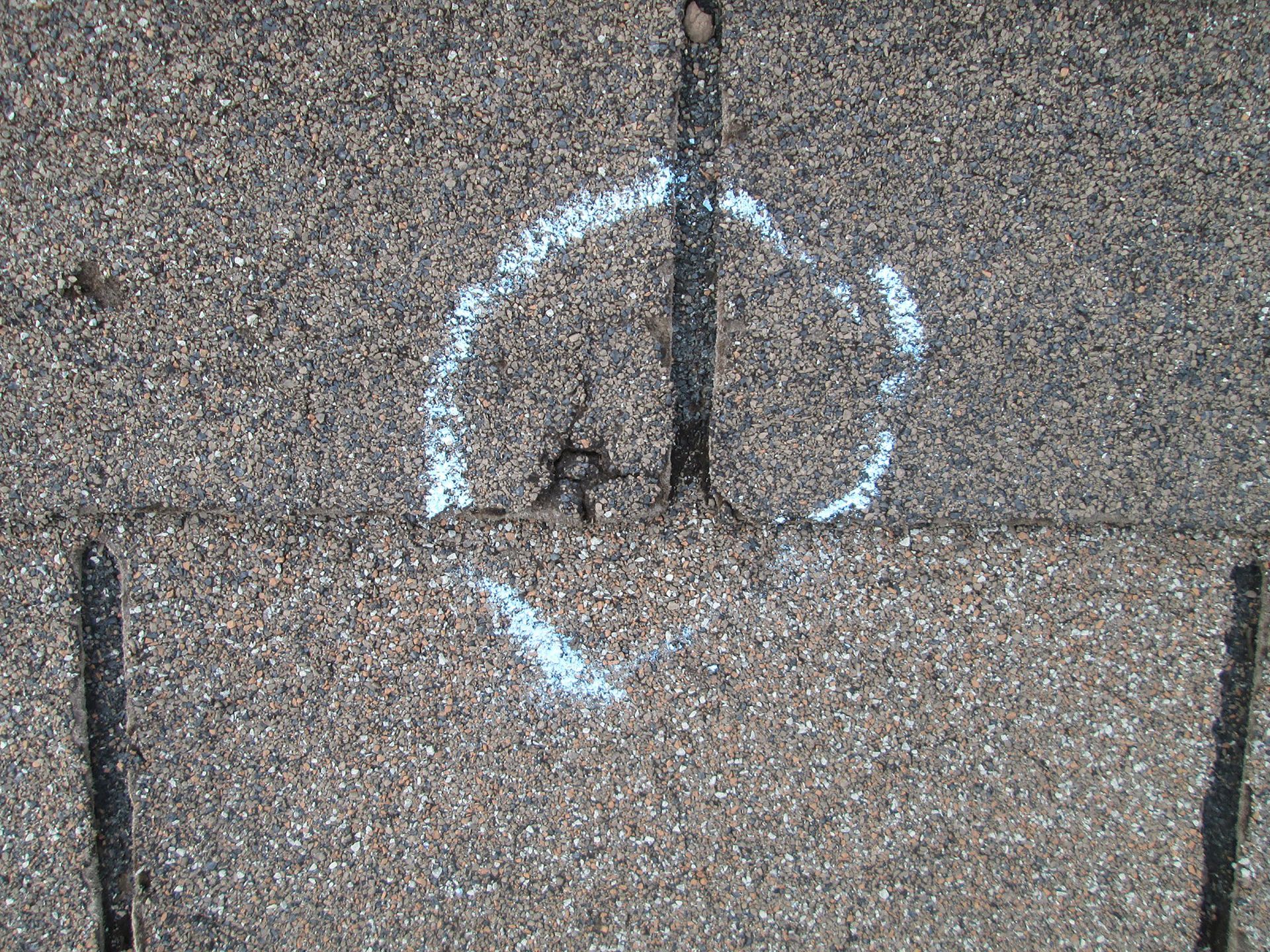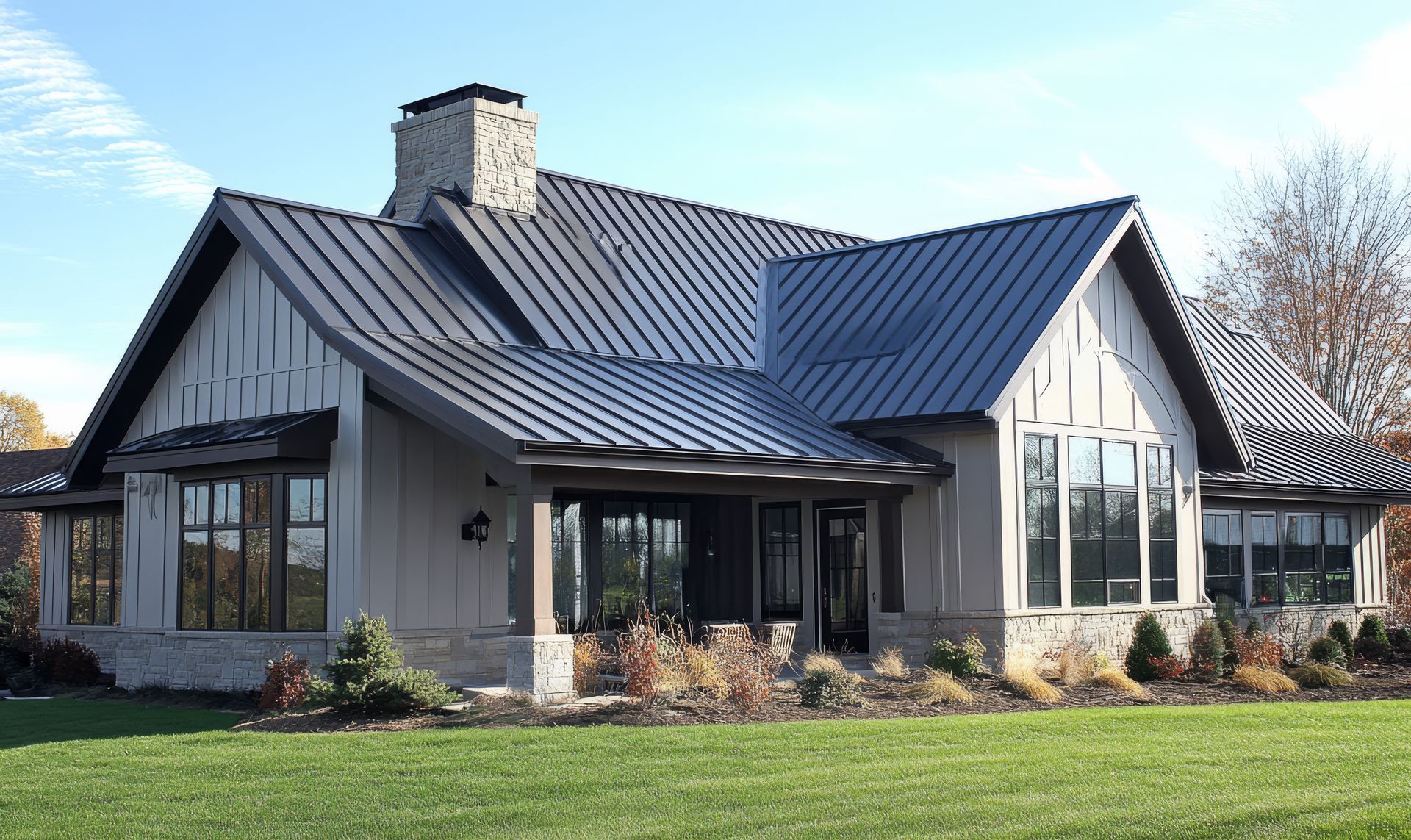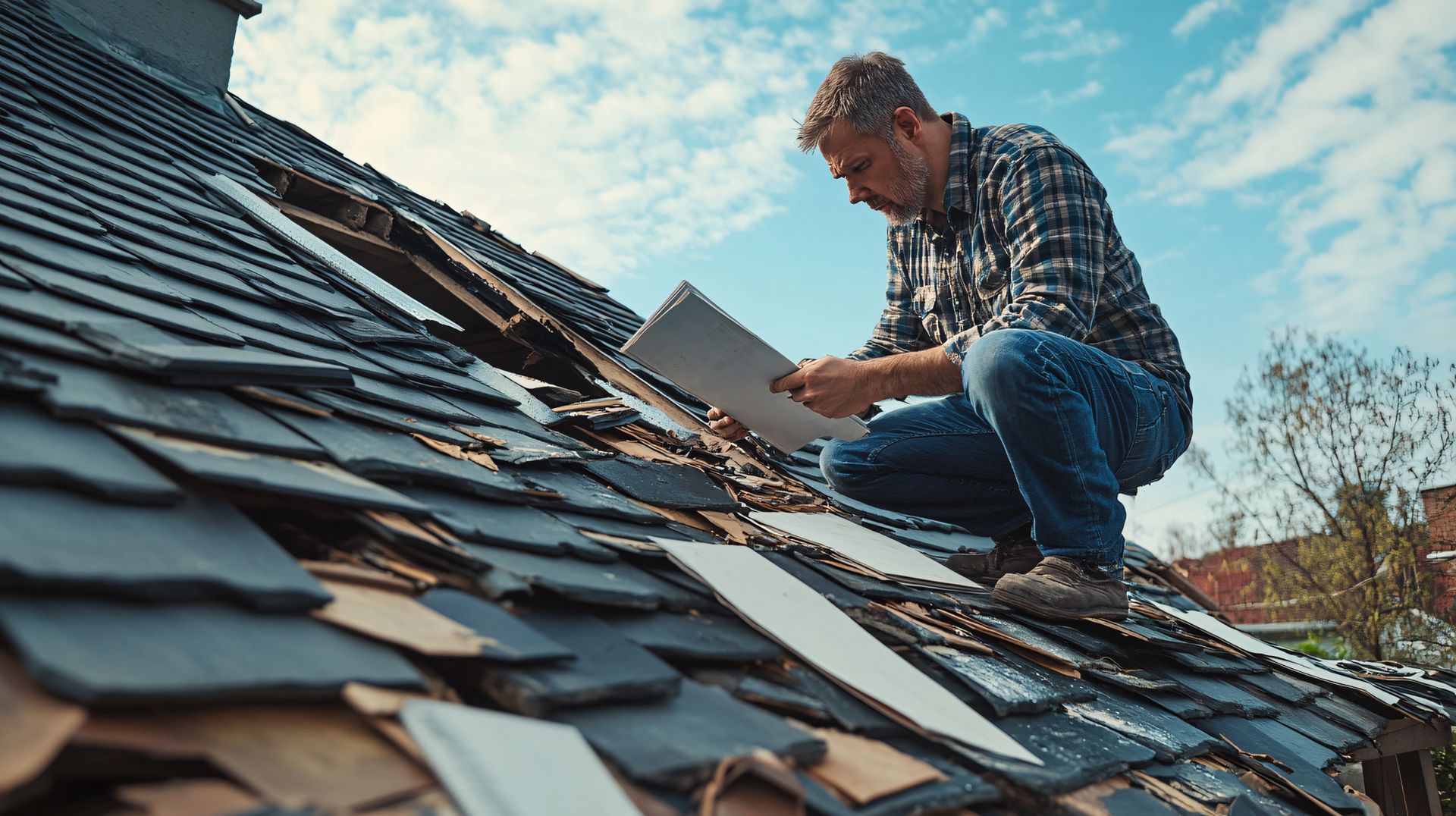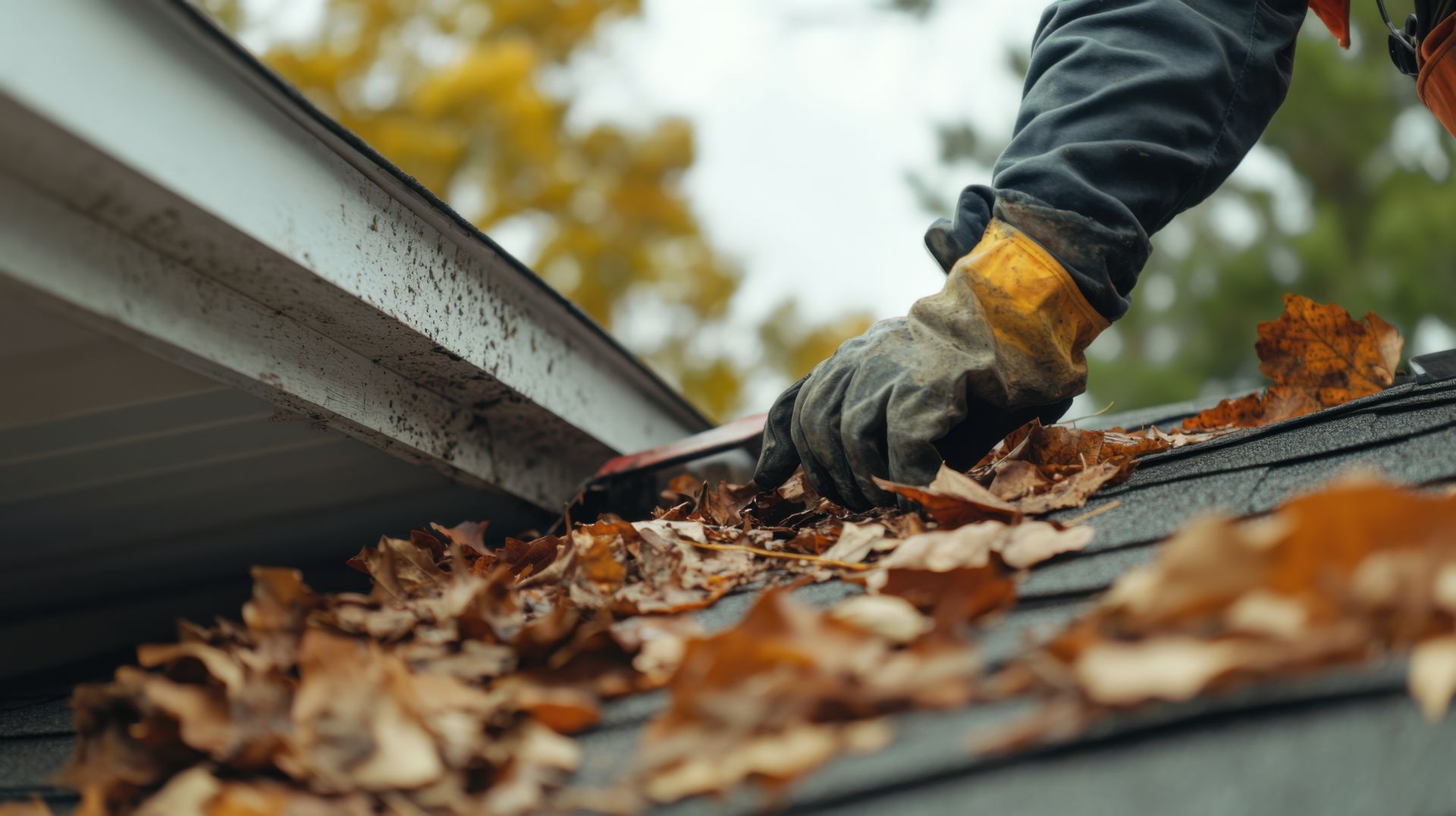How Wildlife Damage Often Starts Small but Leads to Big Roof Repairs

Most homeowners think of storms, hail or fallen branches as the biggest threats to their roof. While these are serious issues, another source of roof damage is often overlooked: wildlife. Squirrels, raccoons, birds and even insects can quietly cause damage that starts small but escalates into costly repairs if not addressed.
From chewed soffits and ripped shingles to nests that clog drainage, wildlife damage is a slow-moving problem that can lead to big headaches.
Common Types of Wildlife Roof Damage
Chewed Soffits and Fascia
Rodents like squirrels and rats are notorious for chewing their way into attics through soffits and fascia boards. Once they’ve gnawed a small opening, they can squeeze inside your attic to nest. What begins as a chewed corner can spread into large gaps that compromise the structural integrity of your roofline.
Ripped or Dislodged Shingles
Animals such as raccoons may claw at shingles when trying to enter your roof space. Even one torn shingle exposes the underlayment to rain and humidity. In Texas, where sudden downpours are common, that small tear can quickly become a leak that damages insulation, ceilings and walls.
Nests in Gutters and Vents
Birds often build nests in gutters, roof valleys, or attic vents. While a nest may seem harmless, it can block proper water flow and cause backups. When water cannot drain, it pools on your roof, leading to rot, mold or leaks. Nests in attic vents also reduce airflow, which can create energy inefficiency and even fire hazards.
Damage Inside the Attic
Once inside, animals can cause havoc beyond the roof. They chew through electrical wiring, tear up insulation and leave behind waste. These problems may not be visible from the outside or produce obvious signs indoors, but can create serious safety and health issues for your household.
Why Small Damage Leads to Big Repairs
The danger with wildlife intrusion is that it often goes unnoticed until a significant amount of roof damage has been done. A chewed soffit may look like a minor cosmetic issue, but it’s an open invitation for more animals to enter. Likewise, a blocked gutter may not seem urgent until water begins seeping beneath shingles and rotting the decking.
Here’s how small wildlife problems can escalate:
- Moisture Intrusion: Once water gets under the roof surface, it can spread quickly, causing leaks and mold.
- Structural Weakness: Damaged fascia, soffits or decking can compromise the strength of your entire roofing system.
- Electrical Hazards: Rodents chewing wires create the risk of short circuits or even house fires.
- Costly Replacements: What could have been solved with a simple repair may eventually require a full roof replacement if ignored.
In a humid climate like The Woodlands, these issues worsen even faster.
How to Spot Early Signs of Wildlife Damage
The earlier you catch wildlife activity, the easier and cheaper it is to fix. Be on the lookout for:
- Strange noises (scratching, scurrying) in your attic or walls.
- Visible chewed or torn soffits, fascia or shingles.
- Shingle granules or wood debris scattered near your home’s foundation.
- Water overflowing from gutters during rainstorms.
- Nests or animal droppings in your attic.
- Unpleasant odors that may signal waste buildup.
If you notice any of these warning signs, it’s time to call a professional for a roof inspection.
Preventing Wildlife Roof Damage
While you can’t stop birds from flying overhead or squirrels from running up the trees near your house, you can make your home less attractive to wildlife. Preventive steps include:
- Trimming Trees:
Cut back branches that hang over your roof. These serve as highways for critters.
- Securing Vents and Chimneys: Install durable vent covers or chimney caps to block access.
- Cleaning Gutters:
Regular maintenance keeps nests and debris from causing clogs. Some form of gutter cover can make it more difficult for animals to nest.
- Sealing Gaps: Have a roofer inspect for small openings around flashing, soffits or fascia and close them before animals find them.
- Scheduling Inspections: A professional roof inspections can catch problems before they escalate.
Why You Need a Local Roofing Professional in The Woodlands
Wildlife damage isn’t just about patching holes. A local roofer understands how local weather and wildlife interact, and they can spot vulnerabilities specific to your home. More importantly, they’ll make repairs that restore the full integrity of your roof and help prevent animals from returning.
Trying to handle wildlife roof damage yourself can be risky. Without proper training, you may miss hidden damage inside your attic or fail to repair openings completely. That’s why partnering with an experienced local roofing company is the safest choice for lasting results.
Protect Your Roof With Our Top-Notch Roofing Services in The Woodlands
At Perkins Roofing, we know how to identify, repair and prevent wildlife damage that threatens local homes. Our experienced team provides thorough inspections, expert repairs and long-term solutions to protect your roof from critters big and small.
Don’t wait until a minor nuisance becomes a major repair. Contact us at (832) 702-0201 to schedule your inspection.
